Are you curious if jawline fillers can really give you that coveted, more defined facial contour? This non-invasive treatment promises immediate results, enhancing facial symmetry and creating a sharper angle between your jaw and neck. By adding volume and structure, fillers offer a sculpted and youthful appearance without the need for surgery. But how do these fillers actually work, and what should you expect during and after the procedure? Understanding the nuances of jawline fillers might be the key to deciding if this popular treatment is right for you.
Key Takeaways
– Jawline fillers enhance facial contours by adding volume and structure for a more sculpted appearance.
– Hyaluronic acid, calcium hydroxylapatite, and poly-L-lactic acid fillers offer varying durations and effects on facial definition.
– The procedure provides immediate results, with full effects visible within 1-2 weeks.
– Facial symmetry and a youthful appearance are key benefits of jawline fillers.
– Adhering to aftercare guidelines ensures optimal outcomes and prolonged filler longevity.
Understanding Jawline Fillers
Jawline fillers, typically composed of hyaluronic acid or other dermal filler substances, are injected into the jaw area to enhance and define facial contours. These fillers work by adding volume and structure, thereby creating a more sculpted appearance. You have several filler options to choose from, each with varying properties and durations. Hyaluronic acid-based fillers are popular due to their biocompatibility and reversibility. Other options include calcium hydroxylapatite and poly-L-lactic acid, each offering unique benefits.
After receiving jawline fillers, maintenance tips are essential for best results. Avoid strenuous activities and excessive facial movements for at least 24-48 hours post-treatment. This helps the filler settle properly and reduces the risk of complications. Incorporating post-treatment exercises, such as gentle facial massages, can also help achieve a smoother contour.
The results timeline varies depending on the filler used and individual metabolic rates. Generally, you’ll see initial results immediately, with full effects becoming evident within 1-2 weeks. Regular follow-up treatments are recommended to maintain the desired look, as most fillers gradually metabolise over 6-18 months. Understanding these aspects guarantees you achieve and maintain a defined facial contour effectively.
Types of Fillers Used
When considering jawline fillers, you’ll find several types available, each with distinct properties tailored to different aesthetic needs. Hyaluronic acid (HA) fillers, such as Juvederm and Restylane, are popular due to their natural compatibility with the body and reversible nature.
Calcium hydroxylapatite (CaHA) fillers, like Radiesse, provide a firmer structure and longer duration, making them suitable for more pronounced contouring. Poly-L-lactic acid (PLLA) fillers, including Sculptra, stimulate collagen production, offering gradual and natural enhancement over time.
Selecting the right filler options depends on your specific goals and the desired longevity of the results. HA fillers typically last 6-12 months, while CaHA fillers can last up to 18 months. PLLA fillers may require multiple sessions but can provide results lasting over two years.
The injection process is essential for achieving best results. It involves precise placement of the filler along the jawline to enhance definition and symmetry. A skilled practitioner will assess your facial structure and use advanced techniques to ensure even distribution and natural-looking outcomes.
Understanding the different filler options and the intricacies of the injection process is key to achieving a more defined and aesthetically pleasing jawline.
How Jawline Fillers Work
By understanding the mechanisms of jawline fillers, you can better appreciate how they enhance facial contours and achieve a more defined appearance. Jawline fillers typically involve hyaluronic acid or calcium hydroxylapatite, substances that are biocompatible and promote facial symmetry. When strategically injected, these fillers add volume and structure to the jawline, instantly improving jawline definition.
The precision of filler placement is vital. It ensures that the added volume harmonises with your natural facial anatomy, maintaining balance and proportion. This meticulous approach not only enhances the contours of your jawline but also contributes to overall facial symmetry. The injection sites are carefully selected to target areas where volume loss or sagging has occurred, thereby restoring a youthful and well-defined appearance.
Filler longevity varies depending on the type of filler used and individual metabolic factors but generally ranges from 12 to 24 months. This durability allows for sustained enhancement without frequent touch-ups. Clinical studies support the efficacy and safety of these fillers, showing significant improvements in jawline definition and patient satisfaction.
Benefits of Jawline Fillers
Enhancing facial contours through jawline fillers offers numerous benefits, including improved facial symmetry, a more youthful appearance, and increased self-confidence. By precisely targeting the jawline, fillers can effectively enhance your profile, creating a balanced and harmonious look.
Clinical studies have shown that hyaluronic acid-based fillers can provide immediate, yet natural-looking results that enhance facial symmetry.
One of the key advantages is the long-lasting results these fillers offer. While the duration can vary depending on the type of filler used, many patients enjoy the effects for up to 12-18 months. Regular maintenance treatments can extend these results even further, ensuring sustained improvement and satisfaction.
In addition, jawline fillers can help redefine the contours of the lower face, which often lose definition with ageing. This redefining effect can contribute to a more youthful appearance, as sharper and more defined jawlines are often associated with youth and importance.
Moreover, achieving a well-contoured jawline can greatly boost self-esteem, as it aligns with cultural and aesthetic standards of beauty.
Procedure Overview
Undergoing jawline filler treatment involves a carefully planned procedure conducted by a qualified medical professional to achieve best outcomes and patient safety. Initially, you’ll have a consultation to discuss your aesthetic goals and evaluate your facial structure. This helps your provider determine the most suitable filler options for achieving optimal contouring results.
The procedure begins with cleansing the treatment area and applying a topical anaesthetic to minimise discomfort. Your provider will then strategically inject the chosen dermal filler into specific points along your jawline. Common filler options include hyaluronic acid-based products like Juvéderm and Restylane, as well as calcium hydroxylapatite-based fillers like Radiesse. These fillers add volume and structure to the jawline, enhancing its definition.
Throughout the procedure, your provider will continuously assess the symmetry and balance of your jawline to ensure natural-looking results. The entire session typically lasts between 30 to 60 minutes, depending on the complexity of the treatment plan.
Immediate improvements in facial contouring are often visible, though full results may take a few days to settle as the filler integrates with your tissue.
Recovery and Aftercare
Proper recovery and aftercare are important for guaranteeing the best results and minimising potential complications after your jawline filler treatment. Immediately post-treatment, you should follow specific post-treatment tips to support optimal healing.
First, avoid touching the treated area to reduce infection risk. Applying a cold compress can decrease swelling and discomfort. Refrain from strenuous activities, alcohol, and excessive sun exposure for at least 24-48 hours.
You should also keep your head elevated and avoid lying down flat for the first night. Staying hydrated and maintaining a balanced diet will aid in recovery.
To ensure long-term results, follow-up appointments with your practitioner are vital. They’ll monitor the filler’s integration and address any concerns.
Adhering to these aftercare guidelines can significantly impact the longevity and appearance of your jawline fillers. Long-term results are influenced by your adherence to these practices and your overall skincare routine.
Avoiding factors that speed up filler degradation, such as smoking and excessive sun exposure, will help maintain your enhanced facial contour. By following these evidence-based recommendations, you can maximise the benefits of your jawline filler treatment.
Potential Risks
Although jawline fillers are generally safe, you should be aware of potential risks and complications associated with the procedure. Immediate possible complications include bruising, swelling, and redness at the injection site. These effects are typically temporary but can occasionally last longer. Infection, though rare, is another risk that requires prompt medical attention.
In terms of long-term effects, some patients may experience asymmetry or irregularities in the treated area. This could necessitate additional corrective procedures. There’s also a risk of fillers migrating from the injection site, leading to uneven contour and necessitating further intervention. Granulomas, or small lumps, might form under the skin, requiring medical treatment to resolve.
More serious, albeit rare, complications involve vascular occlusion. This occurs when the filler obstructs a blood vessel, potentially leading to tissue necrosis or even vision loss if not promptly addressed.
To minimise these risks, make sure that you’re treated by a qualified, experienced practitioner who adheres to stringent safety protocols. Thorough consultation and individualised treatment planning are essential to reduce potential complications and ensure the best possible outcomes for your facial contouring goals.
Comparing Fillers and Surgery
When deciding between jawline fillers and surgical options, weighing the differences in invasiveness, recovery time, and long-term results is crucial. Jawline fillers, typically made of hyaluronic acid or calcium hydroxylapatite, offer a non-invasive way to enhance facial contours. Filler effectiveness can be observed almost immediately post-procedure, with minimal downtime needed for recovery.
On the other hand, surgical options like jawline implants or contouring surgery involve greater invasiveness and come with significant surgical risks such as infection, anaesthesia complications, and potential for undesirable outcomes. Recovery time from surgery can last several weeks, during which considerable swelling and discomfort are anticipated.
Cost comparison also plays an important role in decision-making. While fillers require periodic maintenance every 12-18 months, they’re generally less costly upfront compared to surgical procedures, which typically involve a higher initial cost but provide more permanent results.
Ultimately, fillers offer a flexible, lower-risk option with quicker recovery times, making them suitable for individuals seeking subtle adjustments.
Surgery, with its extended recovery time and higher risk profile, may be more suitable for those looking for a significant, lasting transformation.
Always consult with a qualified medical professional to determine the best approach for your needs.
Realistic Expectations
Setting realistic expectations is important for achieving satisfaction with jawline filler treatments. You should understand that while fillers can enhance facial contour, they won’t dramatically alter your bone structure.
Managing expectations, post filler, is crucial to prevent disappointment. Clinically, results typically show an improved definition, but the extent varies based on individual anatomy and the specific filler used.
Long term results depend on factors like the type of filler and your body’s metabolic rate. Fillers generally last between 6 to 18 months. However, for sustained results, you’ll need periodic touch-ups, which adds to maintenance costs.
It’s important to consult with your dermatologist about the frequency and cost of these follow-up treatments to plan accordingly.
Evidence-based research indicates that while results are noticeable, they aren’t permanent. You should be prepared for the gradual resorption of fillers, necessitating future sessions to maintain the desired contour.
Frequently Asked Questions
How Long Do Jawline Fillers Typically Last Before Needing a Touch-Up?
Jawline fillers typically last between 12-18 months, depending on the product used and individual factors. For best longevity and effectiveness, you should maintain a regular touch-up schedule as advised by your healthcare provider.
Can Jawline Fillers Help With Sagging Skin or a Double Chin?
Jawline fillers can help with sagging skin or a double chin by offering facial slimming and neck contouring. These treatments act as age prevention and chin enhancement methods, creating a more youthful and refined appearance.
Are There Any Dietary Restrictions Before or After Getting Jawline Fillers?
Before getting jawline fillers, you don’t need a specific pre-filler diet, but staying hydrated helps. Post filler restrictions include avoiding alcohol and excessive salt to reduce swelling. Good nutrition aids in quicker recovery and best results.
How Soon Can I Exercise After Receiving Jawline Fillers?
Post filler workouts require patience and caution. You shouldn’t exercise for at least 24-48 hours after receiving jawline fillers. Exercise precautions include avoiding strenuous activities to minimise swelling and maximise filler integration.
Can Jawline Fillers Be Combined With Other Facial Treatments for Enhanced Results?
Yes, you can combine jawline fillers with other facial contouring treatments. Combination treatments often lead to enhanced results. Multiple procedures, like Botox or laser therapy, complement fillers for a more defined and youthful appearance.
Conclusion
To sum up, jawline fillers can indeed provide you with a more well-defined facial contour, enhancing symmetry and creating a youthful appearance.
Surprisingly, 92% of patients report satisfaction with their jawline filler results.
This non-invasive procedure offers immediate improvements with minimal downtime, making it an appealing alternative to surgery.
However, always consult a qualified medical professional to discuss potential risks and confirm that the treatment aligns with your aesthetic goals.



